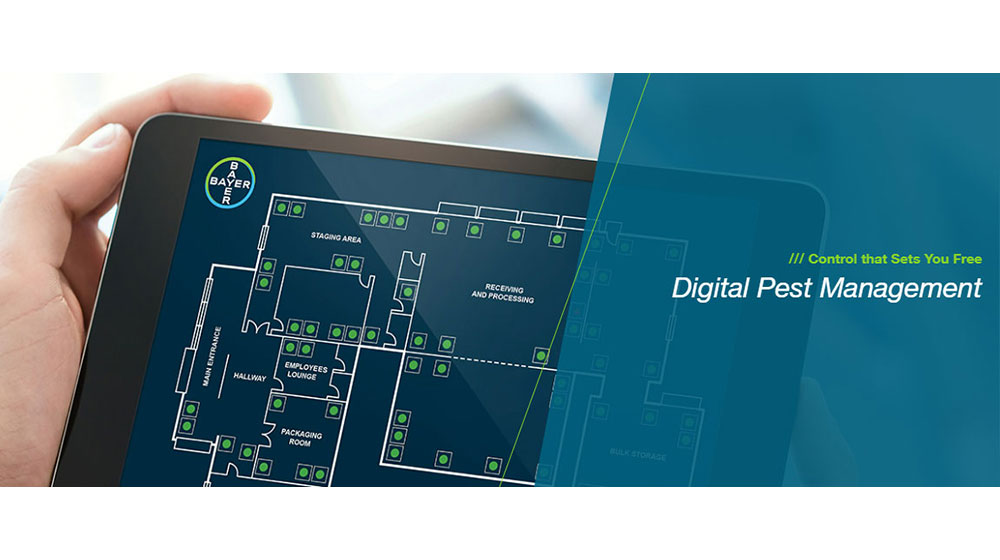Background
Twenty percent of the world’s food supply is believed to be contaminated by rodents. In addition to contamination and/or consumption of food products, rodents can cause severe structural damage to facilities. A rodent can exert up to 7,000 pounds per square inch of pressure, allowing them to gnaw through actual structures and wiring. Statistics claim that 20% of unknown fires are suspected to be caused by wires that have been chewed or frayed by rodents.

The Challenge
Delivering effective pest management while demonstrating a commitment to social and environmental responsibility can be difficult to balance. The use of rodenticides is a part of traditional pest management. However, the level of awareness of business managers and owners of having toxic chemicals and poisons employed throughout their properties has significantly risen over recent years and this shouldn’t be ignored.
This leads pest management professionals to consider other options. Basic rodent trapping is seen as an acceptable alternative to rodenticides, but by design these are labour intensive solutions and do not provide any form of deterrent if not regularly checked. Additionally, traps that are not addressed in an expedited fashion after a rodent has been caught can create a biohazard risk.
Our Approach
The implementation of a digital pest management solution allows for closer cooperation with the customers. First and foremost, by providing the ability to visually show clients where the rodents were, how infestations are being controlled and then more importantly where they were not via heatmaps and instant notifications. Therefore, the movement of the pests between different business areas could be shown to accurately identify the root cause of a problem area.
The transparency in communication can be built between the pest management experts and the customer through more detailed information as to the performance of the traps, including false positive triggers and traps with a catch inside. By having immediate alerts, a dead rodent could be removed more quickly from its location, reducing the possibility for uncomfortable odours and further pest activity in these areas.
Additional treatments can be carried out immediately within seconds of activity notifications, and problem areas elsewhere in the facility received concerted proactive treatment while the remote monitors protected the routine inspection areas. All-in-all with the increased collaborative style, the customers is more involved and will experience a greater value-add in external pest management.
Project Specifics
The digital pest management system is a wireless network of high-tech trap sensors strategically placed around your facility. The IoT traps broadcast their status using LoRa technology, these signals are then transferred to an onsite gateway, the gateway has its own cellular communication and sends the information to the cloud software which in turn sends real-time notifications to users via email and text message.
In real time the portal displays the current status of each individual trap sensor. This eliminates the need to spend hours manually checking every trap. This enables the pest technician to focus on targeted areas.
The system automatically sends real-time capture alerts and regular system status reports every 24 hours (if required):
- Heartbeat messages (battery life, online status)
- Trap sensor status (armed, capture, false triggered)
- Trend analysis report
Want to know more?
Get in touch now to find out how we can help you.




